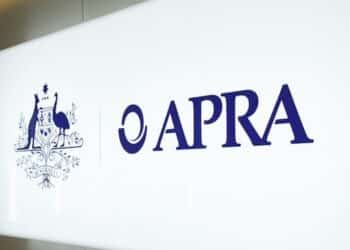Approximately 20 per cent of financial advisers use SMAs for client investments, while a further 23 per cent intend to start using them, a report by the NAB-owned wealth manager has found.
JBWere executive director and manager of financial intermediaries, Andrew Tracy, said advisers use SMAs to “relieve the administrative requirements” of investing directly in equities in client portfolios.
The 2015 JBWere/Investment Trends SMA report – which surveyed over 650 advisers – said advisers are seeing the potential of SMAs beyond the Australian equity space, with 70 per cent of potential users indicating a desire to access an international equity SMA.
“With the growth of the category we are beginning to see advisers look beyond the ways they traditionally use SMAs, both in terms of asset classes and also the type of client they are most suited to,” said Mr Tracy.
“With minimum investment costs having come down significantly in recent years, and an increasingly varied product range available in terms of exposures and strategies, it makes sense for advisers to consider how they can replicate the benefits of SMAs beyond a client’s Australian equity allocation.
“It’s pleasing to see advisers beginning to recognise that SMAs offer the ‘best of both worlds’ in terms of providing the efficiency and expertise of professional funds management, as well as the transparency of a direct equity portfolio,” he said.
Mr Tracy pointed out that 4 platforms have added SMAs to their offerings over the past year, bringing the total number of platforms that hold SMAs to 11.
“We expect adviser take-up to continue to improve during 2015 as a result,” he said.
Over 51 per cent of advisers who use SMAs said they are more appropriate for SMSF clients, the report found.
Advisers who do not use SMAs cited an “education gap” as a barrier, while 40 per cent said they did not know enough about them.



